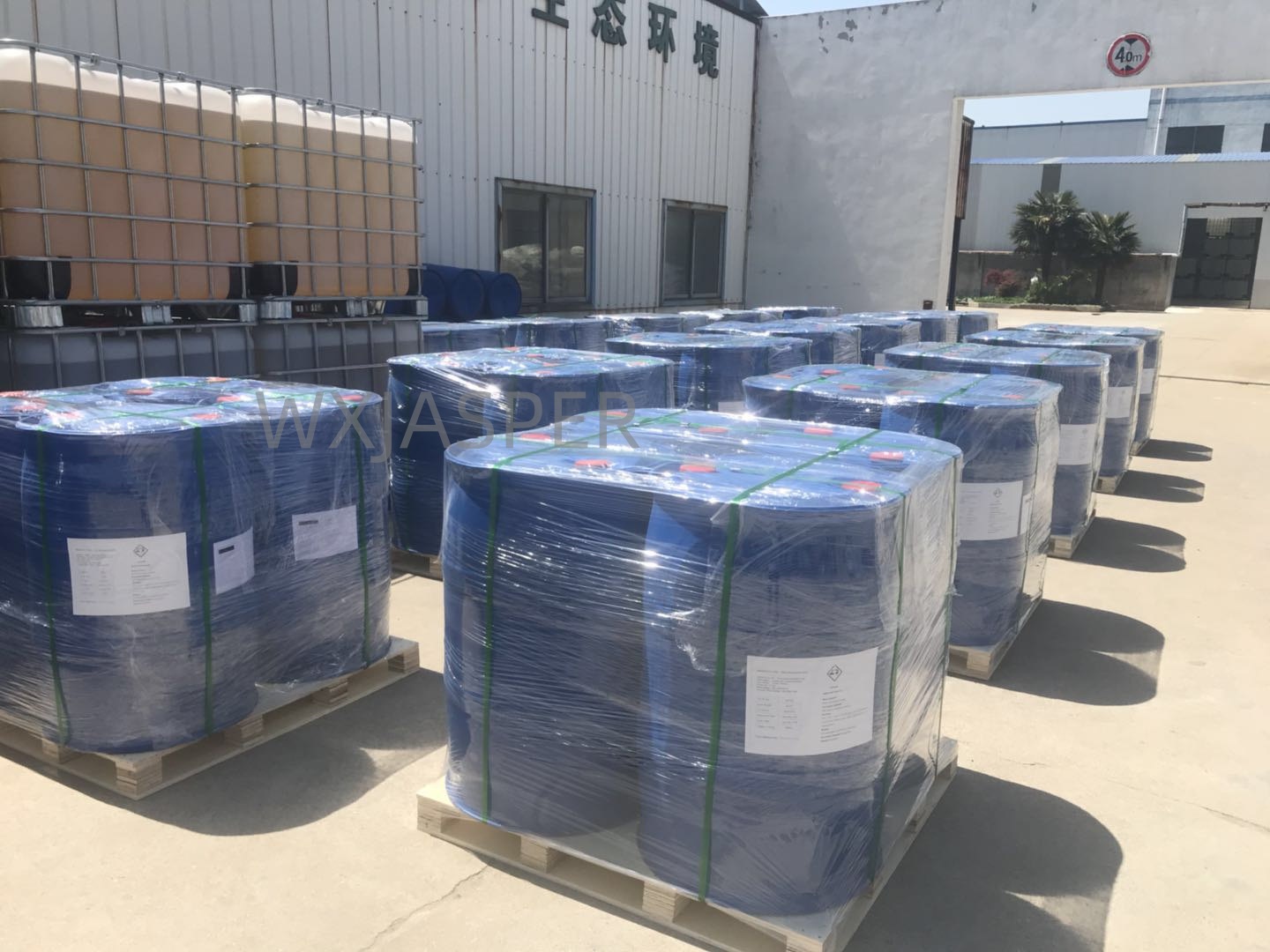Your Location:Home > Products > Solvents > Isomeric Polyoxyethlene Ether



CasNo: 9043-30-5
MF: (C2H4O)nC13H28O
Appearance: liquid
Delivery Time: 15 days
Packing: 200kg/drum
Purity: 99%
Basic Information
|
Model NO. |
9043-30-5 |
Appearance |
Liquid |
|
Color |
Colorless |
Purity |
99% |
|
Grade Standard |
Industrial Grade |
Specification |
200kg/drum |
|
Transport Package |
Drum |
Origin |
China |
Product Description
Product Name:Isomeric Polyoxyethlene Ether
CAS No: 9043-30-5
Form: Liquid
Product Application
Industrial & Metal Cleaning:
High-Pressure Spray / Ultrasonic Cleaners: Utilizes its low foam and strong penetration to clean metal parts, automotive components, and precision instruments.
Low-Foam Degreasers / Oil Removers: Rapidly penetrates grease, with low foam and easy rinsing.
Textile & Dyeing Auxiliaries:
High-Efficiency Scouring / Wetting Agents: Used in pretreatment to rapidly wet fibers and aid in removing oils, waxes, and sizes, outperforming conventional agents.
Dyeing Auxiliaries: Used as a component in leveling agents and dispersants.
Agriculture:
High-Efficiency Pesticide Adjuvants / Spreaders: Its superior wetting power significantly reduces the surface tension of spray solutions, enabling rapid spreading and penetration on waxy leaf surfaces, thereby increasing pesticide efficacy.
Personal Care & Household Cleaning:
Low-Foam Body Washes, Hand Soaps: Provides a mild cleanse and easy rinsability.
Hard Surface Cleaners: For floors, kitchens, etc., where fast wetting is required.
Other Industrial Sectors:
Paper deinking agents, coating dispersants, emulsion polymerization emulsifiers, etc.
Packaging
200Kg/Drum
Storage
Store in a sealed container in a cool, dry, well-ventilated place. Avoid prolonged exposure to high temperatures and strong light.